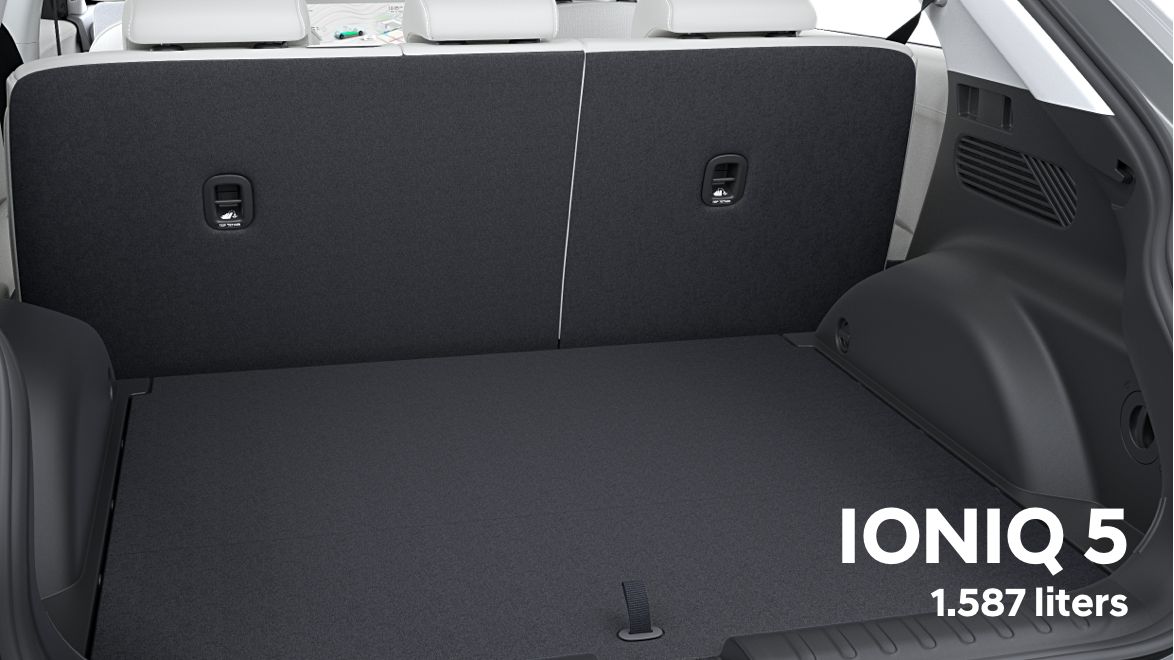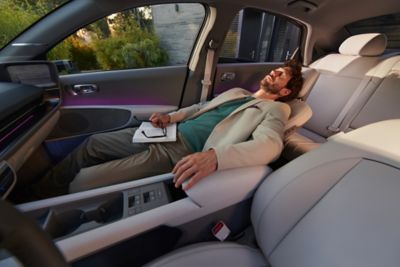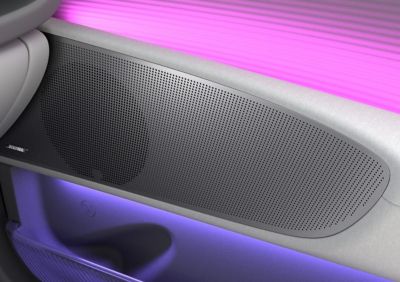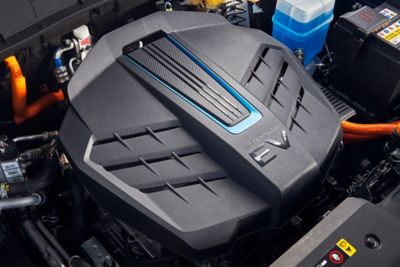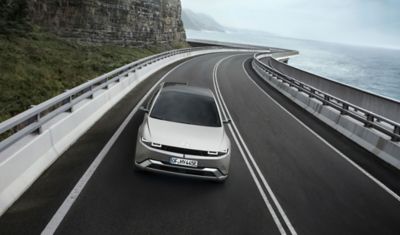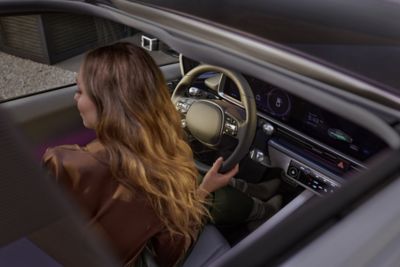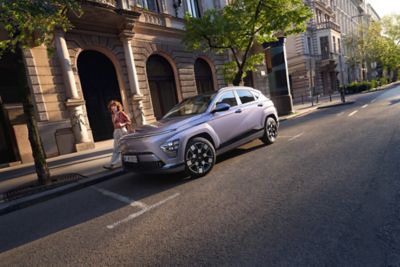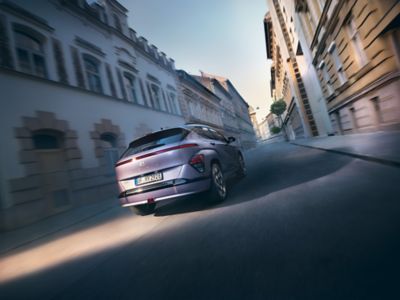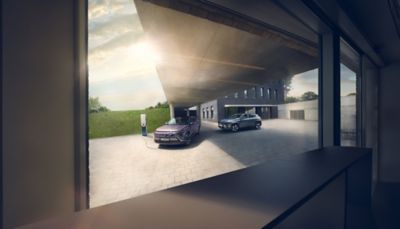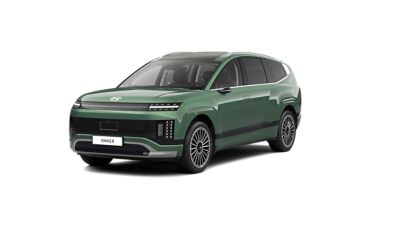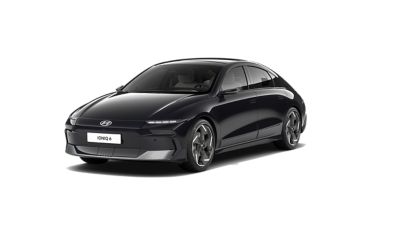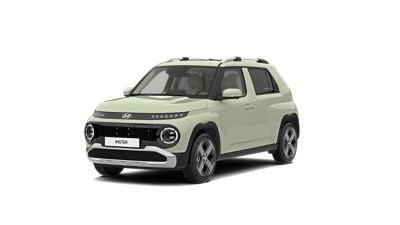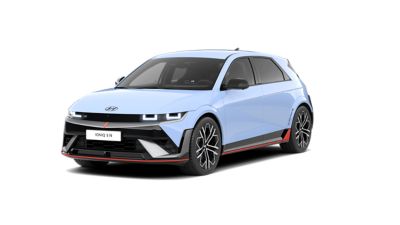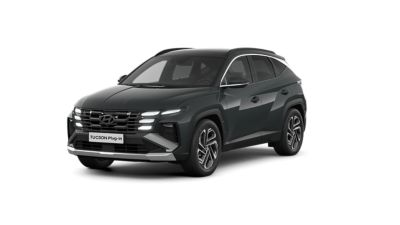Electrify your drive.
Smooth, silent and super zippy when you press the pedal, electric vehicles are a pleasure to drive. They are typically also roomier on the inside than conventional cars due to the fact the centre tunnel for the transmission is not needed.
Driving Experience
Nobody said that electric mobility had to be boring.

Just because you don’t have a 6 cylinder turbocharged petrol engine on board doesn’t mean that electric vehicles are slow. EVs are quick off the line and deliver smooth and quick acceleration. When it all comes down to it, an EV is still an automobile. There is nothing scary or difficult about driving one, the big difference is that you have to charge the battery as opposed to fill the tank with fuel.
Space & Comfort
Enjoy more interior space and more comfort.
IONIQ 5 provides 527 liters of trunk space, which increases up to 1,587 liters when the second-row seats are fully folded. On top of that, we took the space where the petrol engine would normally be located – and made some extra space for your stuff, like the charging cable. This second boot in the front provides up to 57 litres of additional cargo space putting IONIQ 5’s total storage space at 1,644 liters max.
In the TUCSON, boot space has been increased and depending on the chosen trim and powertrain, you’ll enjoy up to 620 litres overall for luggage with the seats up – and up to 1,799 litres with the second-row seats fully folded.
E-Active Sound Design + BOSE inside the IONIQ 6.
The new sound of electric driving. Enjoy a more emotionally charged driving experience with e-Active Sound Design. This Hyundai first feature produces a virtual driving sound through dedicated controllers and the BOSE premium audio system for a more engaging driving experience. The optimum sound is tailored to the cabin considering variables such as speed, torque and the driver’s acceleration.
-
Acceleration
-
Deceleration
Quieter city streets - EVs can help reduce noise.
In conclusion:
It is fair to say that electric vehicles offer a quieter cabin atmosphere than their diesel and petrol cousins. And when it comes to the outside environment, electric cars are quieter in urban areas at lower speeds when compared to cars with internal combustion engines. And with the number of low speed zones in cities on the rise, EVs can bring down noise levels and tailpipe emissions in the speed range of 0 to 30 km/h substantially. Furthermore, heavier vehicles like vans, lorries and buses with fully electric powertrains are significantly quieter across the entire speed spectrum in city traffic and offer an even higher potential for reducing noise levels and and tailpipe emission in cities.
Discover more about our electric vehicles.
Discover our electrified vehicles.
*Range shown is according to WLTP combined cycle. Driving range may vary slightly depending on road conditions, your driving style and the temperature. It is also is dependent on the type of tyres equipped. Technical data not final.
** Charging time is based on charging with on 32A wallbox and 3.3 kW OBC. Charging times may vary depending on available charging conditions, including charger type and condition, battery temperature and ambient temperature at point of use.
*** This model is not yet available for sale. Official technical data and range of this model are pending final homologation.

